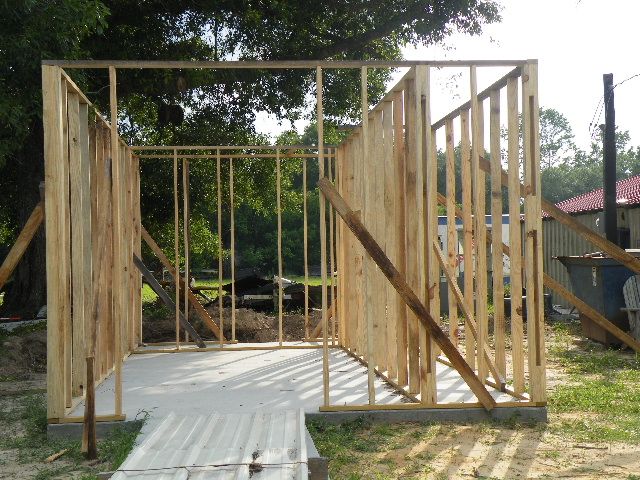Question
Starting soon we will be selling doors to other shops. We recently laid off some of our guys of which we are calling back in to work. I have decided to no longer pay by the hour and to pay by the job instead. For door making, I want to pay by the SF of the door job. What would be a considerable amount per SF to pay someone for door making (in our shop/our tools)?
We pay $1.83 per BF for 4/4 maple select shorts. I calculate/price $2.75 per SF for material cost. Our standard square raised panel door we sell is at $11 per SF. Now $11-$2.75= $8.25. How much of this $8.25 could we pay a single door making worker? One other thing: the worker for door making, we used to pay him $14 an hour.
Forum Responses
(Cabinetmaking Forum)
From contributor D:
The answer to your question is: If your overhead is at or near 8.25 per door, not much. The (non-cynical) answer lies in basing a reasonable wage/income on a reasonable rate of production, does it not? Your selling price will not fix the production rate or cost. The reverse is truer.
A four drawer base cabinet has 1tenitems:
Four drawer boxes.
One faceframe.
Four drawer faces.
One cabinet box.
If you can process this whole cabinet in one day you earn $130 or $16.25 per hour. If it takes you two days then you earn $13 per hour. If you can do 1 1/2 per day you earn $28.75 per hour. The objective is to reward the people who are productive and lose the people who are just collecting a pay check. Paying a guy $25 an hour just because he's got some kind of pedigree is an absolute recipe for mediocrity. There is no reason to have any other kind of pay structure other than one where you keep what you kill.
Ninety percent of the veterans in this industry wouldn't touch this proposition with a ten foot pole but that is okay because only about ten percent of the people you could ever hire are worth it. Many, if not most, of the truly experienced people in this industry are all hat and no cattle. Many of these same guys could be real rock stars if you took the safety net away and rewarded them for their actual productivity rather than credentials.
I wouldn't worry about the quality. Set the bar high and just be firm about your expectations. You could, for example, say that any door rejected for quality pays one half of the incentive. The company has to absorb the material and overhead for anything they reject so you both have skin in the game.
